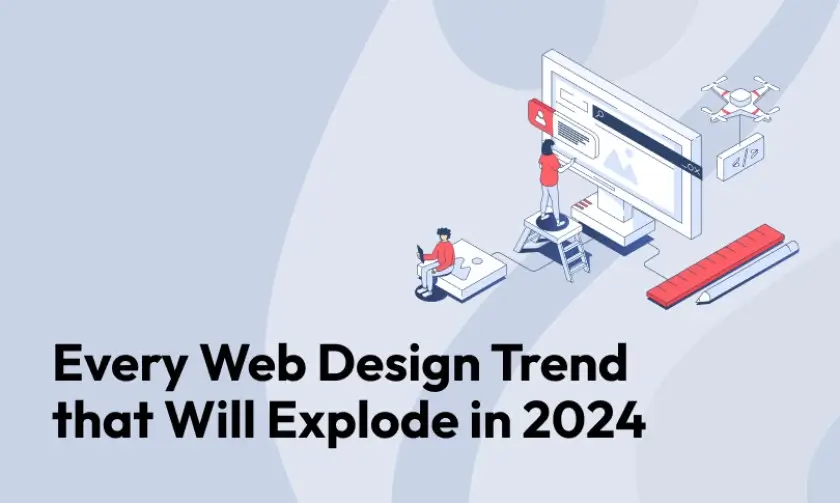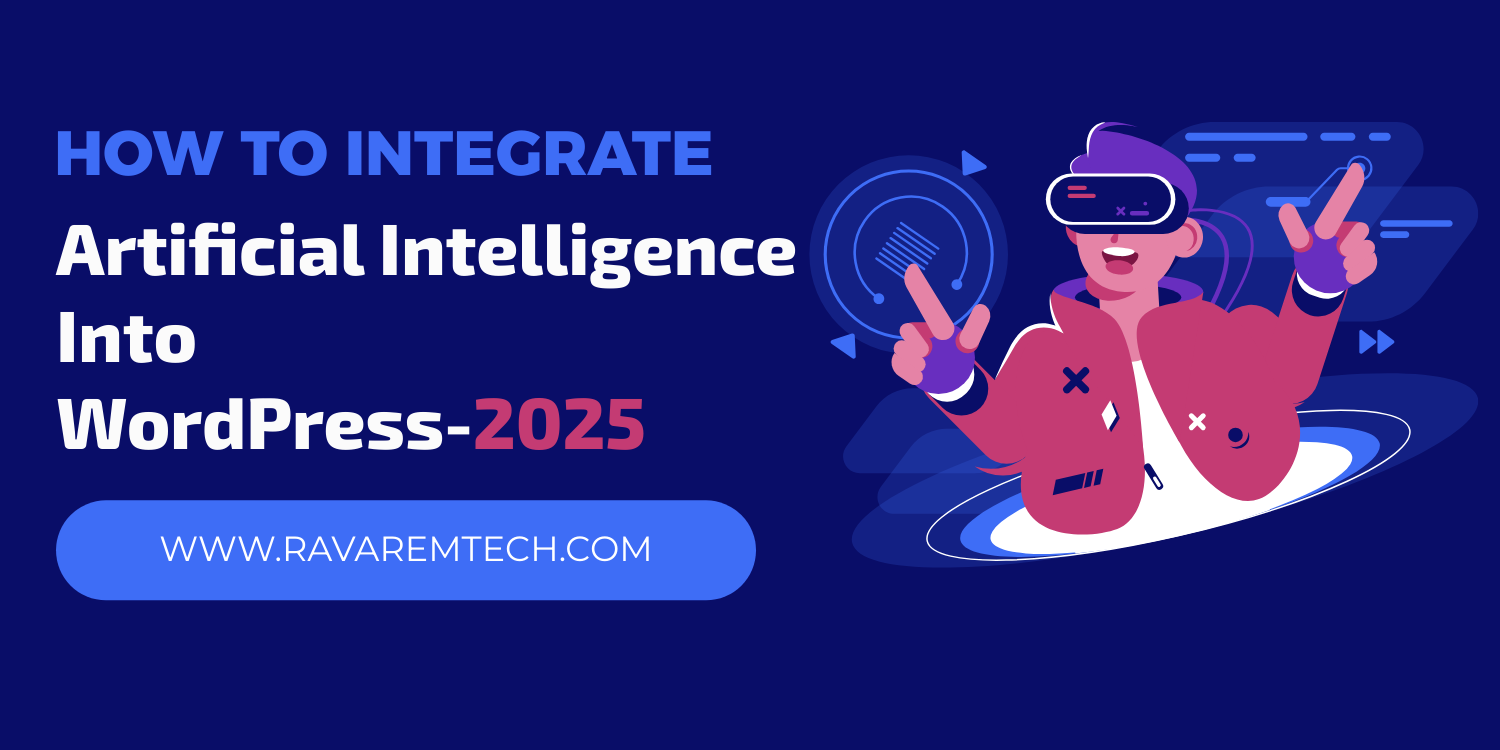What Makes a Website Modern in 2024?

Table of Contents
A guide to navigating the landscape of contemporary web design
In today’s fast-paced world, keeping up with the latest design trends is essential for distinguishing your online presence. As 2024 unfolds, it’s important to understand the cutting-edge elements that make a website stand out.
From aesthetic innovations to functional enhancements, web design is constantly reshaping to meet new technological advancements and user expectations. This exploration will guide you through the key features and design philosophies that embody a modern website today.
Modern Design Trends
Neomorphic and Glassmorphic Designs
These trends emphasize soft UI elements and semi-transparent, “glassy” aesthetics, adding depth and a layered look to the user interface. They create an almost tactile experience, making digital elements feel more interactive and real-world-like.
Flat Design
This minimalist design approach uses bright colors and 2D illustrations and is known for its absence of drop shadows, textures, and gradients. Its style promotes a clean, efficient user interface that is both modern in appearance and easy on the eyes.
Brutalism
A bold style that appears unrefined, almost like raw coding, with stark color contrasts and in-your-face typography. This approach often appeals to a niche audience, offering a unique and unconventional aesthetic that stands out from the norm.
Material Design
This design language introduced by Google combines flat design principles with shadows, movement, and depth to signify the relationships between elements. This methodology aims to create a more intuitive understanding of the interface, making digital interactions feel more natural.
Minimalistic and Clean Design
A clutter-free interface with ample white space helps emphasize essential content and reduce distractions, making the website more user-friendly and easier to navigate. This design philosophy enhances the focus on crucial elements and improves readability.
Aspects of Modern Website Design
Mobile Experience
A modern website ensures the mobile experience is as robust or even better than the desktop experience. With the increasing use of smartphones for internet browsing, optimizing for mobile is not just an option, but a necessity for reaching a wider audience.
Open Graph Data
Incorporating Open Graph data for each page enhances sharing capabilities and ensures the correct assets are displayed on social platforms. This feature is crucial for improving a website’s visibility and user engagement on social media.
Adaptive UI
Interfaces that adapt to the device type and user behavior, preferences, or segmentation create a more personalized and responsive user experience. This adaptive approach results in a more intuitive and user-centric design.
High-Quality Images
Using crisp, high-resolution images is crucial, but balancing quality with file size is vital to avoid slow loading times. Optimizing images for the web without compromising quality ensures a visually appealing yet efficient user experience.
Advanced Interactivity
Incorporating micro-interactions, animations, and transitions enhances the user experience and guides user actions. These subtle yet powerful design elements add a layer of sophistication and engagement to the website.
Fast Loading Times
Optimizing assets, using Content Delivery Networks (CDNs), and leveraging advanced server and client-side caching tools are essential for quick loading. Fast loading times are crucial for keeping users engaged and reducing bounce rates.
Core Web Vitals
Focusing on Google’s performance metrics like Largest Contentful Paint (LCP), First Input Delay (FID), and Cumulative Layout Shift (CLS) is crucial for a smooth and efficient user experience. Adhering to these metrics ensures that a website meets the highest performance standards.
Advanced Data Tools
Session Replay Tools
These tools record and replay user interactions on your website, providing valuable insights to identify and improve problem areas. Examples include Hotjar and FullStory.
Conversion Rate Optimization (CRO) Platforms
These platforms assist in creation and testing of various landing page designs to find the most effective version for increasing conversions. Examples are Optimizely and Unbounce.
Customer Data Platforms (CDP)
CDPs collect and unify data from multiple sources, creating a comprehensive view of each customer for more effective and personalized marketing. Notable examples are Segment and Salesforce CDP.
Retargeting and Remarketing Tools
These tools specifically target users who have visited your site but left without converting, encouraging them to return and complete their action. Google Ads and Facebook Pixel are common examples.
Chatbots and Live Chat Software
Chatbots and live chat software provide immediate assistance to website visitors, helping to answer questions, guide users, and capture leads. Examples include Intercom and Drift.
Privacy & Compliance Policies
GDPR and CCPA Compliance
GDPR Compliance is crucial for websites catering to EU residents, ensuring adherence to data protection and privacy laws. This regulation mandates transparent data handling practices and gives users control of their personal information.
For websites serving California residents, CCPA compliance is important to address consumer privacy rights. This law requires businesses to disclose data collection practices and gives California consumers the right to know and control their personal information.
Cookie Policies
Cookie policies are essential for informing users about tracking methods and obtaining their consent, thereby maintaining transparency and trust. They explain how and why cookies are used, giving users the option to accept or reject these tracking tools.
Accessible Design and Accessibility Statement
An accessible design ensures that colors, fonts, and interactive elements are user-friendly for people with disabilities, considering aspects like color contrast, font readability, and easy navigation. It involves creating an interface compatible with assistive technologies and intuitive to use, ensuring everyone has equal access to information and functionality.
An accessibility statement is key to ensuring your website is usable for disabled users, focusing on inclusive design principles like appropriate colors, readable fonts, and interactive elements. It communicates the commitment to making digital content accessible to a wider audience, including those with visual, auditory, or physical limitations.
In conclusion, a modern website in 2024 is much more than a digital presence. It’s an immersive experience that blends aesthetics with functionality, while ensuring user-friendliness and compliance with the latest data privacy regulations. By incorporating these elements, your website can stay ahead in the digital landscape.
Work With an Agency that Brings Modern Design
Discover the full potential of your business with Ravarem’s cutting-edge web development services. Embrace innovation and elevate your digital presence as we guide you through every step of your digital transformation journey. With our expert team and tailored solutions, we turn your ideas into reality. Start reshaping your digital strategy with Ravarem today. Let’s create something extraordinary together!




